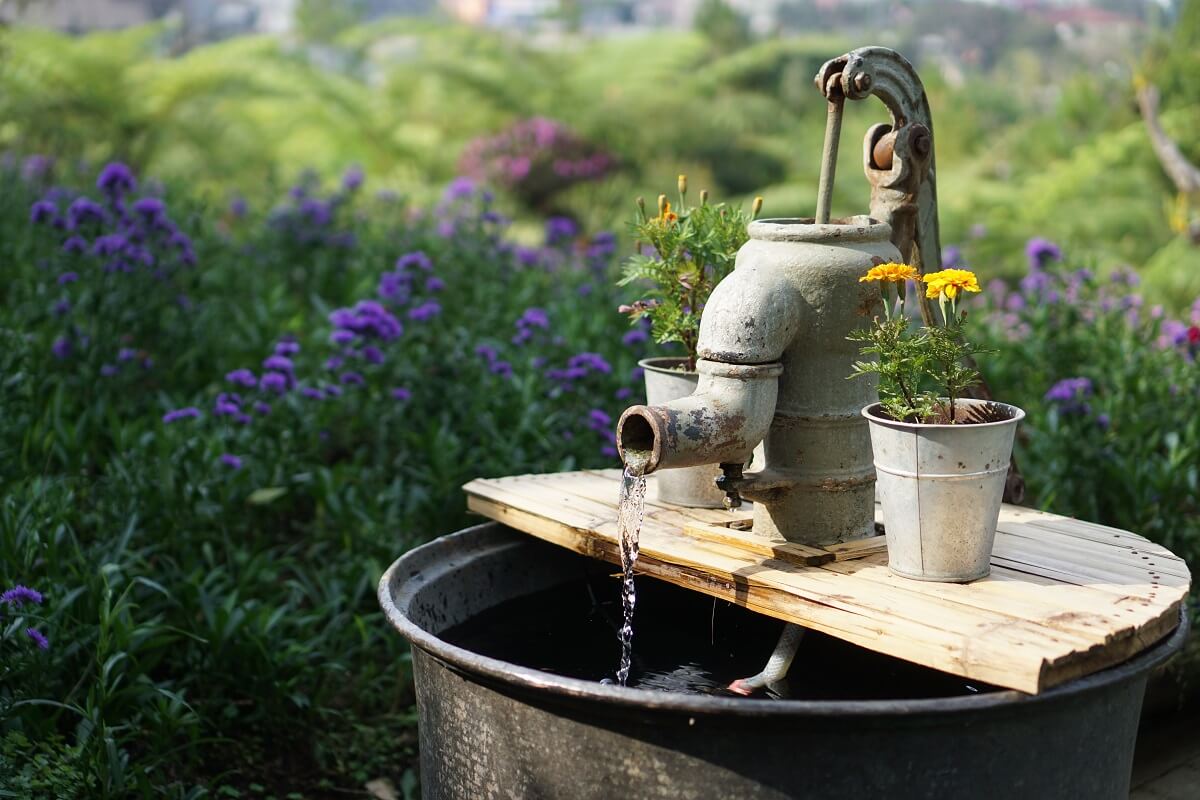

Articles
How Does Hand Water Pump Work
Modified: December 7, 2023
Learn how hand water pumps work and discover informative articles on this topic. Find out everything you need to know about hand water pump mechanisms, operation, and maintenance.
(Many of the links in this article redirect to a specific reviewed product. Your purchase of these products through affiliate links helps to generate commission for Storables.com, at no extra cost. Learn more)
Introduction
Hand water pumps have been a reliable source of water for centuries, especially in areas where access to modern plumbing systems is limited or nonexistent. These simple yet ingenious devices allow individuals to extract water from underground sources with ease, providing a lifeline in rural communities, disaster-stricken areas, and remote locations.
Throughout history, hand water pumps have played a crucial role in supplying clean and safe water for various purposes, from drinking and cooking to irrigation and livestock watering. In this article, we will delve into the working mechanism, types, advantages, and applications of hand water pumps, shedding light on their importance and impact.
Before the advent of motorized pumps, hand-operated pumps were the primary method of extracting water. Even today, they continue to serve as a reliable backup during power outages or as a sustainable option in areas with limited resources. Understanding how hand water pumps work can help us appreciate their significance and potential.
The components of a hand water pump work in harmony to create a vacuum that allows water to be drawn up from a well, borehole, or other underground sources. The working mechanism of these pumps is a fascinating blend of physics and engineering. By understanding the intricacies of their operation, we can better appreciate their effectiveness.
In the following sections, we will explore the history of hand water pumps, the components that make them function, the different types available, the advantages and disadvantages they offer, as well as maintenance and troubleshooting tips. Along the way, we will also discover the broad range of applications that these pumps have in everyday life.
Join us on this journey as we dive into the world of hand water pumps and uncover the secrets behind these remarkable devices that have stood the test of time.
Key Takeaways:
- Hand water pumps have a rich history, providing a reliable and sustainable solution for accessing clean water in rural communities, disaster-stricken areas, and remote locations for centuries.
- Despite their limitations, hand water pumps offer numerous advantages, including reliability, cost-effectiveness, sustainability, and community engagement, making them a valuable resource for accessing clean water.
Read more: How Does Water Pump Work
History of Hand Water Pumps
The history of hand water pumps dates back thousands of years. The earliest known evidence of hand-operated pumps dates back to ancient Egypt, where they were used to irrigate crops and supply water to households. These pumps were simple devices consisting of a long handle attached to a cylinder, which was lowered into a well. By manually operating the handle, individuals could draw water to the surface.
As civilizations advanced, so did the design and functionality of hand water pumps. In ancient Greece and Rome, engineers developed more sophisticated pumps using the principles of hydraulics. These pumps featured a piston and valves that allowed for a more efficient and effective water extraction process. Their designs were based on the principles set forth by the Greek mathematician Archimedes, who discovered the principles of the lever and buoyancy.
During the Middle Ages, hand water pumps became increasingly vital with the rise of agriculture and urbanization. Villages and towns relied on wells for their water supply, and hand-operated pumps were the most practical solution for extracting water. The technology continued to evolve, and by the 18th century, pumps with multiple cylinders and efficient piston designs were commonplace.
In the 19th century, the Industrial Revolution brought significant advancements in pump technology. Hand pumps became more durable and efficient due to the introduction of cast iron and steel components. With the invention of the steam engine, hand pumps could be coupled with steam power to increase their capabilities. These steam-powered pumps were often used in mining operations, where large amounts of water needed to be removed from deep underground.
By the 20th century, motorized pumps began to dominate the market, and the popularity of hand water pumps declined. However, in remote areas with limited access to electricity or fuel, hand pumps remained a practical and reliable solution for water extraction. They also continued to be used as backup systems in case of power outages or emergencies.
Today, hand water pumps are still essential in many parts of the world, particularly in rural areas and developing countries. Non-governmental organizations and humanitarian groups often install hand pumps in regions where access to clean water is scarce. These pumps provide a sustainable and low-maintenance solution, enabling communities to have a reliable source of water for drinking, cooking, and agricultural needs.
The history of hand water pumps is a testament to human ingenuity and the drive to find practical solutions for everyday needs. Despite the advancements in technology, hand pumps have endured and continue to play a vital role in providing access to clean water for countless individuals around the world.
Components of a Hand Water Pump
A hand water pump consists of several key components that work together to extract water from underground sources. Each component plays a crucial role in creating the necessary suction and pressure to draw water up to the surface. Let’s explore the main components of a hand water pump:
- Cylinder: The cylinder, also known as the pump barrel, is a hollow tube that extends into the well or borehole. It provides the space for water to be pumped and lifted to the surface. The cylinder is typically made of durable materials such as cast iron or stainless steel to withstand the pressure and wear over time.
- Plunger: The plunger, also called the piston, is a solid disc or rod that moves up and down within the cylinder. It creates the suction and pressure necessary to draw water up the pump and into the delivery pipe. The plunger is often made of rubber or leather to ensure a tight seal against the inside of the cylinder.
- Valves: Valves are essential for regulating the flow of water in a hand water pump. There are typically two types of valves: the foot valve and the delivery valve. The foot valve, located at the bottom of the cylinder, allows water to enter the pump while preventing it from flowing back down. The delivery valve, positioned at the top of the cylinder, ensures that water moves in the desired direction, from the pump to the delivery pipe.
- Sucker Rod: The sucker rod, also called the handle or lever, is the component that connects to the plunger. Through manual pumping action, the sucker rod is moved up and down, causing the plunger to reciprocate within the cylinder. This motion creates the suction and pressure needed to draw water up the pump.
- Drop Pipe: The drop pipe, also known as the rising main, is a pipe that connects the cylinder to the water source underground. It allows water to enter the pump and be lifted to the surface. The drop pipe is typically made of galvanized steel or PVC for durability and resistance to corrosion.
- Seals and Gaskets: Seals and gaskets are crucial for maintaining a watertight seal between components of the hand water pump. They prevent water from leaking out during the pumping process, ensuring maximum efficiency. Common types of seals and gaskets include rubber O-rings and leather cups.
These are the main components that make up a hand water pump. However, it’s important to note that the design and construction of hand water pumps can vary depending on the specific model and manufacturer. Some pumps may also include additional components or features to improve performance and ease of use.
Understanding the components of a hand water pump allows us to appreciate the intricacies of its working mechanism. By leveraging the power of these components, hand pumps provide a reliable and sustainable solution for accessing clean water in areas without access to modern plumbing systems.
Working Mechanism of Hand Water Pumps
The working mechanism of hand water pumps is based on the principles of atmospheric pressure and suction. The pump utilizes a combination of mechanical force and airtight seals to create a vacuum, allowing water to be drawn up from the well or borehole. Let’s dive into the step-by-step process of how hand water pumps work:
- Priming: Before pumping water, it’s important to prime the pump, which involves filling the cylinder and the drop pipe with water. This ensures that there is no air in the system, which could impede the pumping process.
- Pumping Action: To begin the pumping action, the user operates the sucker rod or lever up and down. This motion causes the plunger to reciprocate within the cylinder.
- Suction Stroke: As the plunger moves upward during the suction stroke, it creates a partial vacuum in the cylinder. This suction pressure causes the foot valve, located at the bottom of the cylinder, to open, allowing water to enter the pump from the well or borehole.
- Delivery Stroke: On the downward stroke of the plunger, the foot valve closes, trapping the water inside the cylinder. Simultaneously, the delivery valve, located at the top of the cylinder, opens due to the pressure from the water inside. This allows water to move upward through the delivery pipe.
- Water Lift: As the user continues to operate the pump, the reciprocating motion of the plunger creates a continuous suction and pressure cycle. This action lifts the water from the well to the surface, with each stroke of the plunger drawing more water up the pump.
- Discharge: The water lifted to the surface through the pump is discharged into a delivery pipe or container for immediate use or storage. From there, it can be distributed for various purposes such as drinking, irrigating fields, or fulfilling household needs.
It’s important to note that hand water pumps rely on the principle of atmospheric pressure to work effectively. By creating a vacuum within the cylinder, the pressure difference between the inside and outside of the pump allows water to be drawn in and lifted to the surface.
Additionally, the role of valves in the working mechanism of hand water pumps is crucial. The foot valve prevents water from flowing back down into the well during the suction stroke, while the delivery valve ensures that water moves in the desired direction, from the pump to the delivery pipe.
The working mechanism of hand water pumps is based on simple yet reliable principles of physics and engineering. By harnessing manual power, these pumps provide a sustainable solution for accessing clean and safe water in areas without access to modern infrastructure.
Types of Hand Water Pumps
Hand water pumps come in various types, each suited for different applications and environments. The choice of pump depends on factors such as the depth of the water source, the volume of water needed, and the available resources. Let’s explore some of the common types of hand water pumps:
- Traditional Hand Pump: Traditional hand pumps, also known as suction pumps, are the most common type of hand-operated pumps. These pumps rely on suction and pressure to draw water up from the well. They are suitable for shallow to moderate depths, typically up to 25 feet. Traditional hand pumps are often made of cast iron or stainless steel for durability.
- Deep Well Hand Pump: Deep well hand pumps, also called force pumps, are designed for accessing water from greater depths. These pumps can draw water from as deep as 300 feet or more. They utilize a piston and cylinder mechanism, allowing water to be lifted to the surface with less effort. Deep well hand pumps are often made of galvanized steel or PVC materials to withstand the high pressures involved.
- Manual Pitcher Pump: Manual pitcher pumps are a compact and portable option for accessing water. They consist of a pump head attached to a handle or lever. By manually operating the handle, water is drawn up through a suction pipe and into a spout for dispensing. Manual pitcher pumps are often used for small-scale applications, such as garden irrigation or rural household use.
- Bicycle-Powered Pump: Bicycle-powered pumps are innovative designs that make use of pedal power to operate the pump. These pumps are often used in rural areas where bicycles are common transportation. The pumping action is achieved by attaching the pump mechanism to the bicycle’s rear wheel. As the user pedals, the movement is transferred to the pump, drawing water from the source and delivering it to the desired location.
- Rope and Bucket System: In some low-resource areas, a simple rope and bucket system is used for manually extracting water from wells or boreholes. This system involves attaching a bucket to a rope and manually lowering it into the well. The bucket is then raised to the surface using the rope, allowing water to be easily transported for various needs.
- Hand Pump Retrofit Kits: In certain situations, existing hand pumps can be retrofitted with upgrade kits to improve their efficiency and performance. These retrofit kits may include components such as pressure chambers, enhanced seals, or improved valves. Retrofitting hand pumps can be a cost-effective way to upgrade existing infrastructure and enhance water extraction capabilities.
These are just a few examples of the types of hand water pumps available. It’s essential to select a pump that suits the specific requirements of the location and the volume of water needed. By choosing the right type of hand water pump, individuals and communities can effectively access clean and safe water for their daily needs.
Read more: How Does An Electric Water Pump Work
Advantages and Disadvantages of Hand Water Pumps
Hand water pumps offer numerous benefits, making them a valuable resource in areas without access to modern plumbing systems. However, like any technology, they also come with certain limitations. Let’s delve into the advantages and disadvantages of hand water pumps:
Advantages:
- Reliable Water Source: Hand water pumps provide a reliable source of water, even in areas with no electricity or fuel supply. They can be manually operated and do not depend on external power sources, ensuring access to clean water in remote locations or during power outages.
- Cost-Effective: Hand water pumps are generally more affordable than motorized pumps. They have minimal upfront costs and do not require ongoing fuel or electricity expenses. This makes them a practical choice for communities with limited resources or low-income households.
- Sustainability and Independence: Hand water pumps offer sustainable and self-reliant water solutions. They can be easily maintained and repaired by local communities without specialized skills or expensive spare parts. This empowers communities to take control of their water supply and reduces dependence on external assistance.
- Affordable Maintenance: Regular maintenance of hand water pumps is relatively simple and cost-effective. Basic tasks such as lubricating moving parts, checking seals, and clearing debris can be done with minimal tools and resources. Local community members can often perform routine maintenance themselves.
- Flexibility and Portability: Hand water pumps are typically compact and lightweight, allowing for easy installation and relocation. They can be transported to different locations as needed, making them suitable for temporary installations or emergency situations.
- Community Engagement: Installing hand water pumps often involves community participation and engagement. This not only fosters a sense of ownership but also encourages community members to take responsibility for the maintenance and sustainability of the pump.
Disadvantages:
- Limited Depth: Hand water pumps have limitations when it comes to accessing water from deeper sources. Traditional hand pumps are suitable for shallow to moderate depths but may not be effective beyond certain depths. Deep well hand pumps are available but may require more effort to operate.
- Physical Effort: Operating a hand water pump requires physical effort and continuous manual pumping. This can be tiring, especially when pumping larger volumes of water over an extended period. It may not be suitable for individuals with physical limitations, the elderly, or young children.
- Volume Limitations: Hand water pumps have a limited capacity for delivering water compared to motorized pumps. The volume of water that can be extracted and lifted to the surface depends on factors such as pump design, user strength, and depth of the water source. This makes them more suitable for small-scale or individual use rather than large-scale applications.
- Weather Dependence: In areas prone to extreme weather conditions, hand water pumps may be affected by factors such as freezing temperatures, flooding, or droughts. Extreme conditions can impact the performance and reliability of the pump, requiring additional precautions or alternative water sources.
- Maintenance and Repairs: While the maintenance of hand water pumps is generally straightforward, occasional repairs may be necessary. In some cases, specialized skills or spare parts may be required, which can be challenging to source in remote locations. Lack of proper maintenance and repairs can lead to decreased efficiency or pump failure.
Despite the limitations, hand water pumps remain an invaluable resource for accessing clean water in various settings. Understanding both the advantages and disadvantages can help individuals and communities make informed decisions about the suitability and practicality of hand water pumps for their specific needs.
Maintenance and Troubleshooting of Hand Water Pumps
Maintaining and troubleshooting hand water pumps is essential to ensure their efficient operation and longevity. Regular maintenance can prevent issues and keep the pump in proper working condition. In the event of problems, troubleshooting techniques can help identify and resolve common issues. Let’s explore some maintenance and troubleshooting tips for hand water pumps:
Read more: How Does A Diaphragm Water Pump Work
Maintenance:
- Regular Inspection: Conduct periodic inspections of the pump components, including the cylinder, valves, seals, and gaskets. Look for signs of wear, damage, or corrosion and replace any faulty parts as necessary.
- Lubrication: Apply lubricating oil or grease to moving parts such as the plunger, bearings, and joints. This helps to reduce friction and ensures smooth operation.
- Cleaning: Regularly clean the pump and its components to remove dirt, debris, and mineral deposits. Use clean water and a soft brush to scrub away any build-up that may affect the pump’s performance.
- Tightening: Check and tighten any loose bolts, nuts, or fittings to ensure a secure connection and prevent leaks.
- Seal Replacement: Inspect the seals and gaskets regularly and replace any that are worn out or damaged. Adequate sealing is crucial for maintaining water tightness and preventing leaks.
- Pump Priming: Prime the pump regularly by filling it with water before use. This removes any air bubbles and ensures proper suction and water flow.
- Seasonal Preparations: If the pump will not be used during certain seasons, take precautions such as draining the pump and protecting it from freezing temperatures. This helps prevent damage to the pump during periods of inactivity.
Troubleshooting:
- Low Water Flow: If the water flow is low, check for any obstructions or blockages in the pump components, pipes, or valves. Clean or clear out the blockage as necessary to restore proper flow.
- Leaks: If there are water leaks, check the seals, gaskets, and connections for any damage or gaps. Replace faulty seals or tighten loose connections to eliminate leaks.
- Pump Not Priming: If the pump does not prime properly, check for air leaks in the system. Inspect the seals, gaskets, and pipes for any cracks or gaps that may be allowing air to enter. Replace or repair any damaged components to ensure proper priming.
- Difficult Pumping: If the pumping action becomes difficult or requires excessive force, check for any mechanical issues such as worn-out plunger or valve components. Lubricate moving parts and replace any worn-out components to restore smooth pumping action.
- Pump Not Drawing Water: If the pump is not drawing water, ensure that the foot valve is functioning properly. Check for any debris or blockages preventing water from entering the cylinder. Clean or replace the foot valve if necessary.
- Pump Stalling: If the pump stalls or stops during operation, it may indicate a blockage or mechanical issue. Check for obstructions in the cylinder, valves, or pipes and clear them out. Lubricate moving parts and ensure proper alignment for smooth operation.
It’s important to note that these maintenance and troubleshooting tips provide general guidance. The specific steps and actions may vary depending on the pump’s design and manufacturer’s recommendations. Consulting the pump’s user manual or seeking professional assistance can be helpful when addressing complex issues or specific pump models.
By following regular maintenance practices and promptly addressing any issues, hand water pumps can continue to provide reliable access to clean water for years to come.
Applications of Hand Water Pumps
Hand water pumps have diverse applications in various settings, providing a reliable and sustainable solution for accessing clean water. From rural communities to disaster-stricken areas, hand pumps play a vital role in meeting the water needs of individuals and communities. Let’s explore some of the common applications of hand water pumps:
Rural Water Supply:
Hand water pumps are extensively used in rural areas, particularly in regions where access to modern plumbing systems is limited. They serve as a primary source of clean water for drinking, cooking, and household needs. Hand pumps provide a practical and cost-effective solution for rural communities, ensuring a reliable water supply.
Read more: How Does Car Water Pump Work
Emergency Response and Disaster Relief:
During natural disasters or emergencies, hand water pumps become instrumental in providing immediate access to clean water. They can be rapidly deployed in affected areas to ensure a supply of safe drinking water, even when other infrastructure is damaged or inaccessible. Hand pumps are often used in humanitarian relief efforts to provide water for affected communities.
Agricultural Irrigation:
Hand water pumps are widely employed for irrigation purposes, especially in small-scale farming operations or community gardens. They allow farmers to efficiently water their crops, increasing agricultural productivity and improving food security. Hand pumps can be coupled with sprinklers or drip irrigation systems for more efficient water distribution.
Livestock Watering:
Hand pumps are essential for supplying water to livestock in areas without access to modern watering systems. They allow farmers to provide a reliable source of clean water for their animals, ensuring their health and well-being. Hand pumps are often used in rural areas where livestock farming is prevalent.
Community Water Projects:
Hand water pumps are commonly implemented in community-driven water projects. These projects involve the installation of shared hand pumps in areas where multiple households or a small community can benefit from a centralized water source. These pumps promote cooperation and shared responsibility among community members, ensuring equitable access to water resources.
Read more: How Do I Know If My Water Pump Is Working?
Off-Grid and Remote Locations:
Hand water pumps are invaluable in off-grid or remote locations where access to electricity or fuel is limited. They offer a sustainable solution for accessing water without the need for external power sources. Hand pumps can be found in remote villages, hiking trails, camping sites, and other areas where modern infrastructure is not available.
Backup Water Supply:
Hand water pumps serve as reliable backup systems during power outages or equipment failures. They ensure access to clean water when conventional pumps or municipal water supplies are unavailable. Hand pumps are often installed alongside motorized pumps or as stand-alone systems to provide a backup water supply for residential or commercial properties.
These are just a few examples of the applications of hand water pumps. They have proven to be versatile and versatile solutions for accessing clean water in various contexts. Hand water pumps play a crucial role in improving water security, reducing dependency on external resources, and fostering self-sufficiency in water supply.
Conclusion
Hand water pumps have a rich history and continue to be a vital resource in areas where access to modern plumbing systems is limited or nonexistent. Throughout centuries, these remarkable devices have provided a reliable and sustainable solution for accessing clean water in rural communities, disaster-stricken areas, and remote locations.
The components and working mechanism of hand water pumps are ingeniously designed to create a vacuum and draw water up from underground sources. From traditional hand pumps to deep well pumps, there are various types available to cater to different needs and water depths.
The advantages of hand water pumps are evident. They offer a reliable water source, affordability, sustainability, and flexibility. Hand pumps empower communities to take control of their water supply, reduce their dependence on external resources, and foster self-sufficiency.
However, hand water pumps also have limitations. They may be challenging to operate for individuals with physical limitations, and their water volume capacity is typically limited compared to motorized pumps. Regular maintenance is essential to ensure their efficient operation, and occasional troubleshooting may be required to address common issues that may arise.
The applications of hand water pumps are diverse and significant. They are widely used for rural water supply, emergency response, agricultural irrigation, livestock watering, community water projects, and in off-grid or remote areas. Hand pumps also serve as reliable backup systems during power outages or equipment failures.
In conclusion, hand water pumps are a testament to human ingenuity, providing a lifeline for communities without access to modern infrastructure. They offer a reliable and sustainable solution for accessing clean water and play a vital role in improving water security, promoting self-sufficiency, and enhancing the livelihoods of countless individuals around the world.
Frequently Asked Questions about How Does Hand Water Pump Work
Was this page helpful?
At Storables.com, we guarantee accurate and reliable information. Our content, validated by Expert Board Contributors, is crafted following stringent Editorial Policies. We're committed to providing you with well-researched, expert-backed insights for all your informational needs.
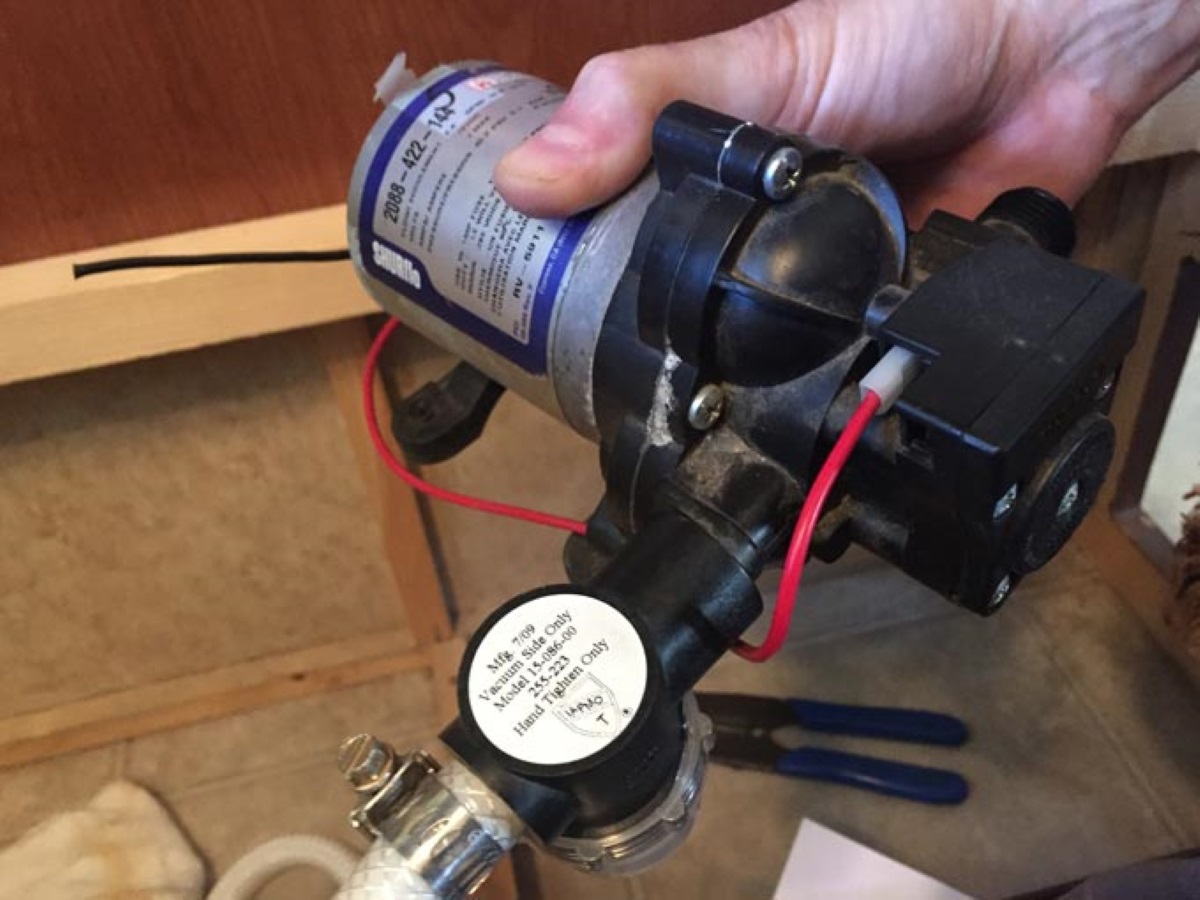
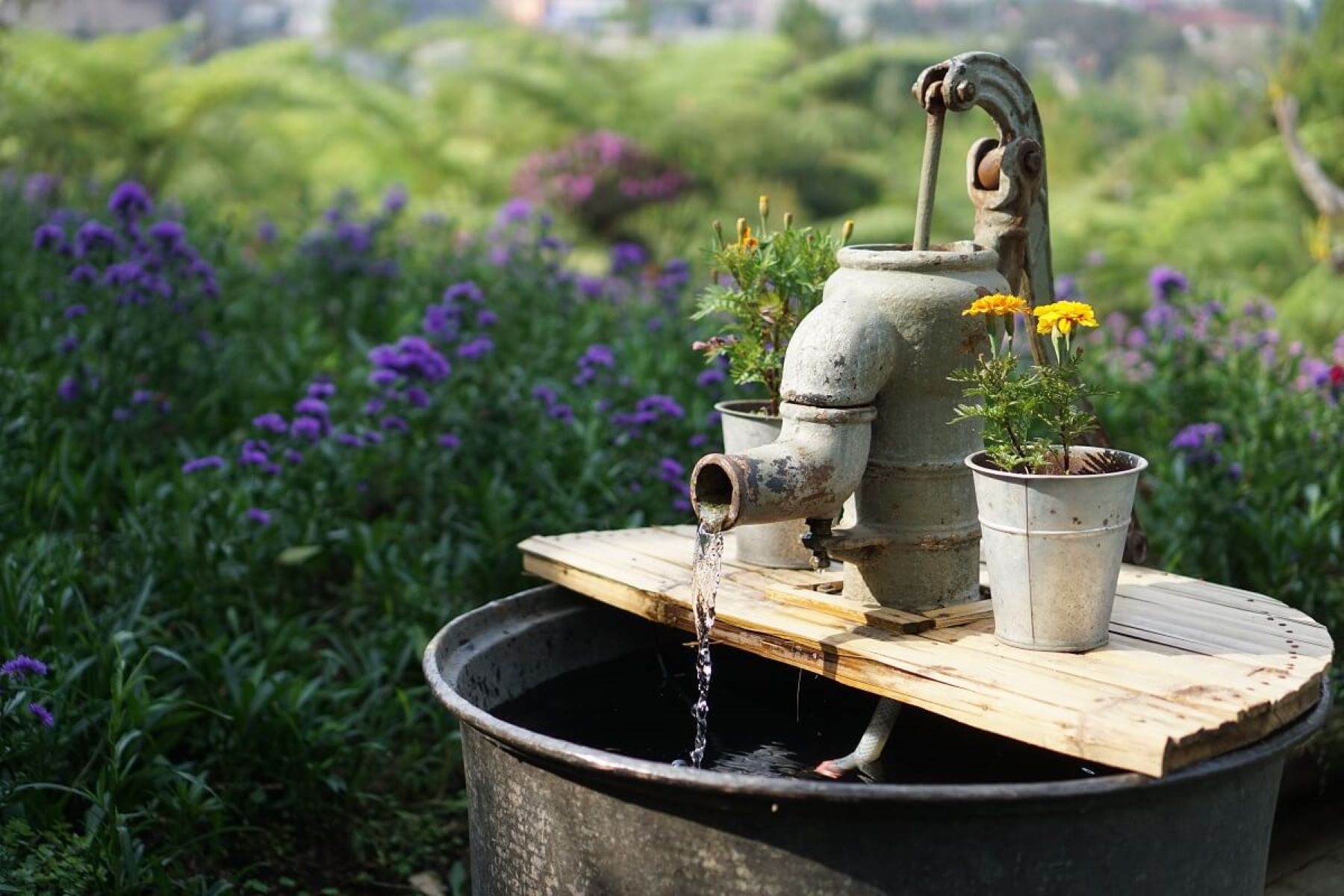
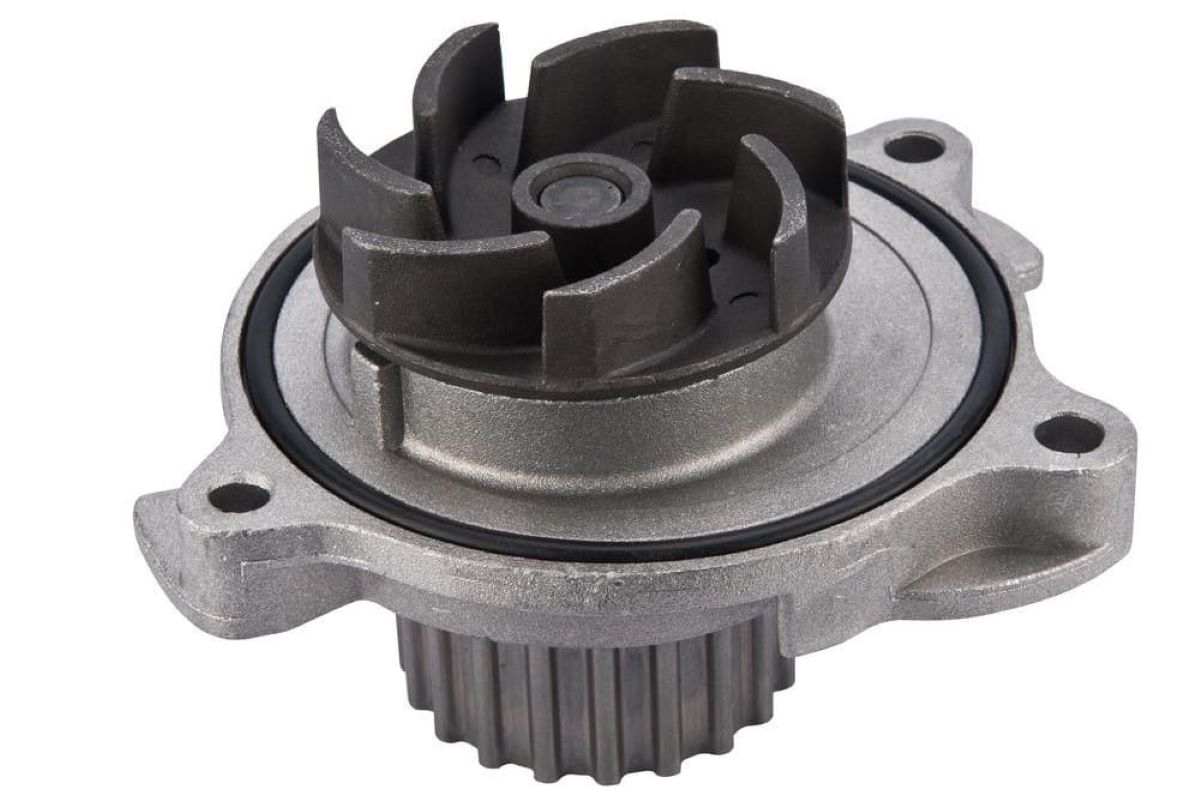


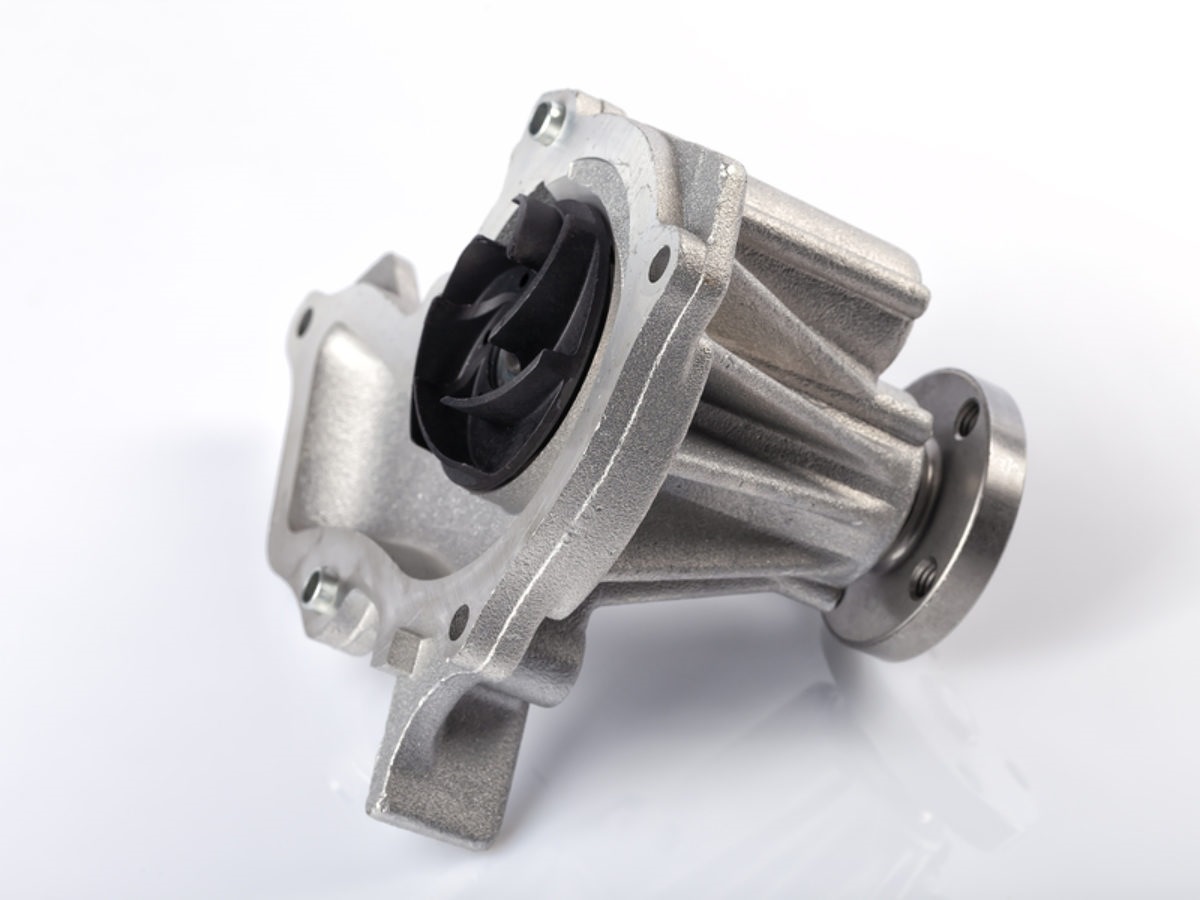
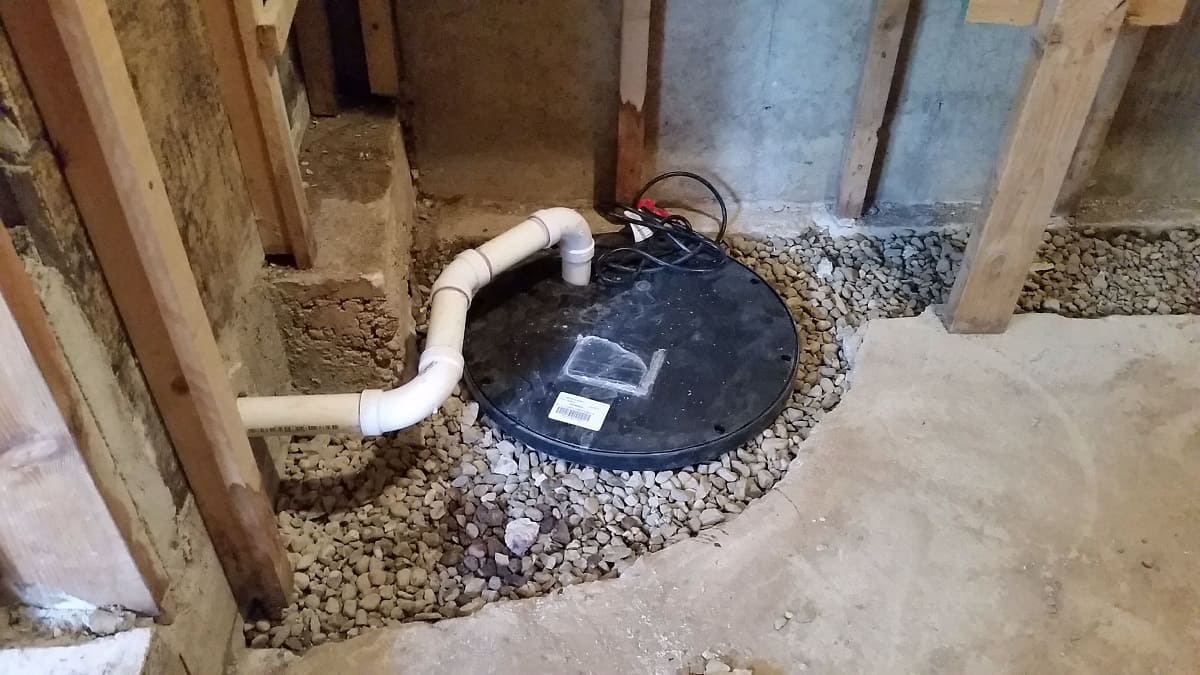
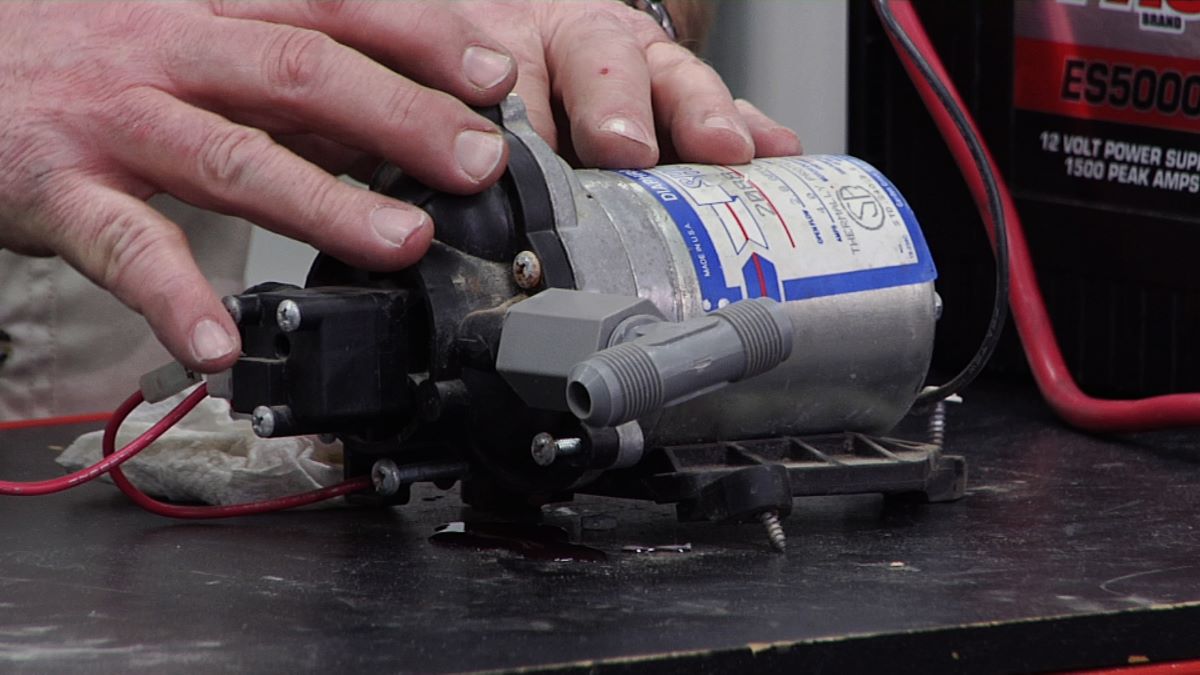
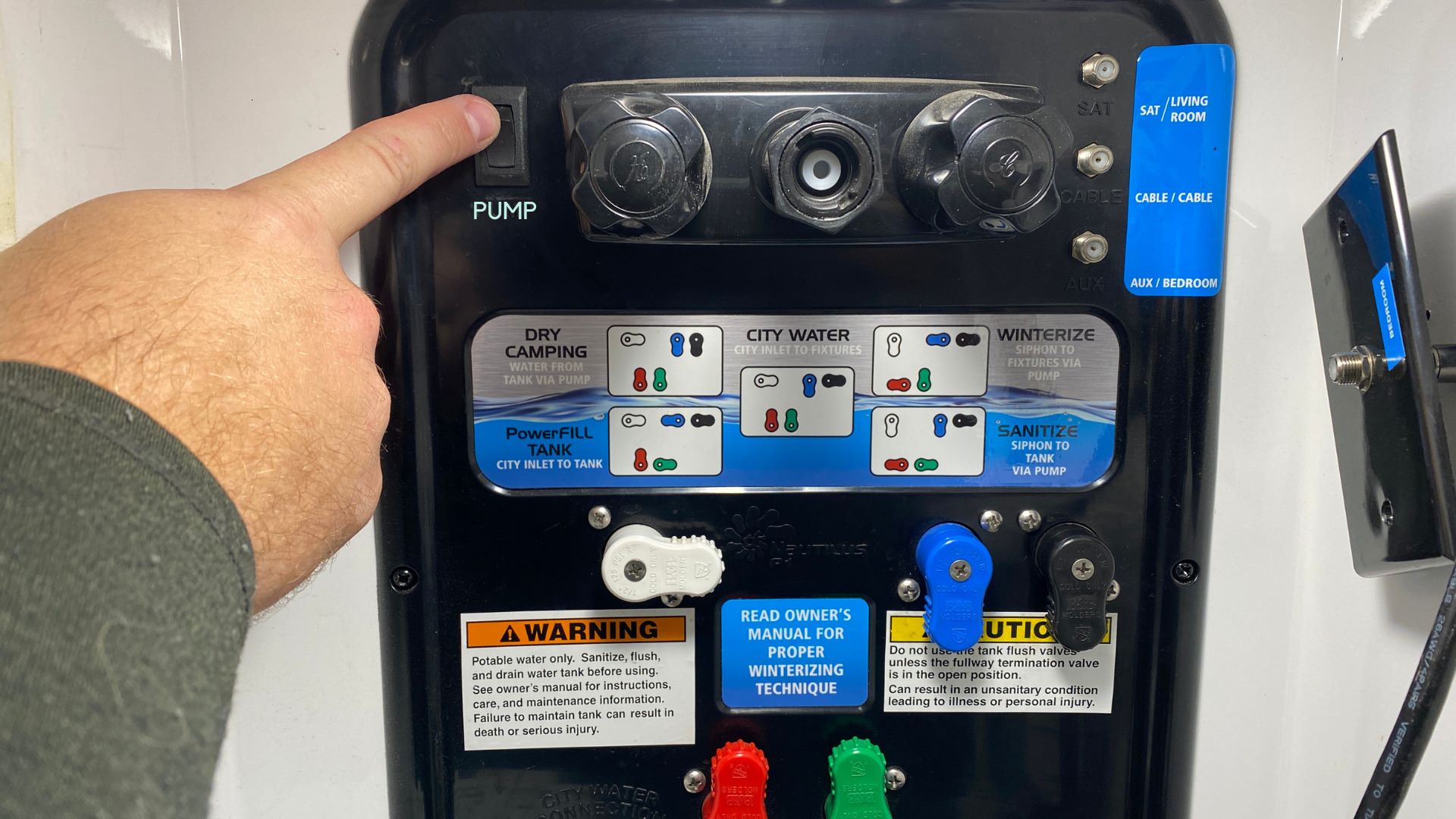
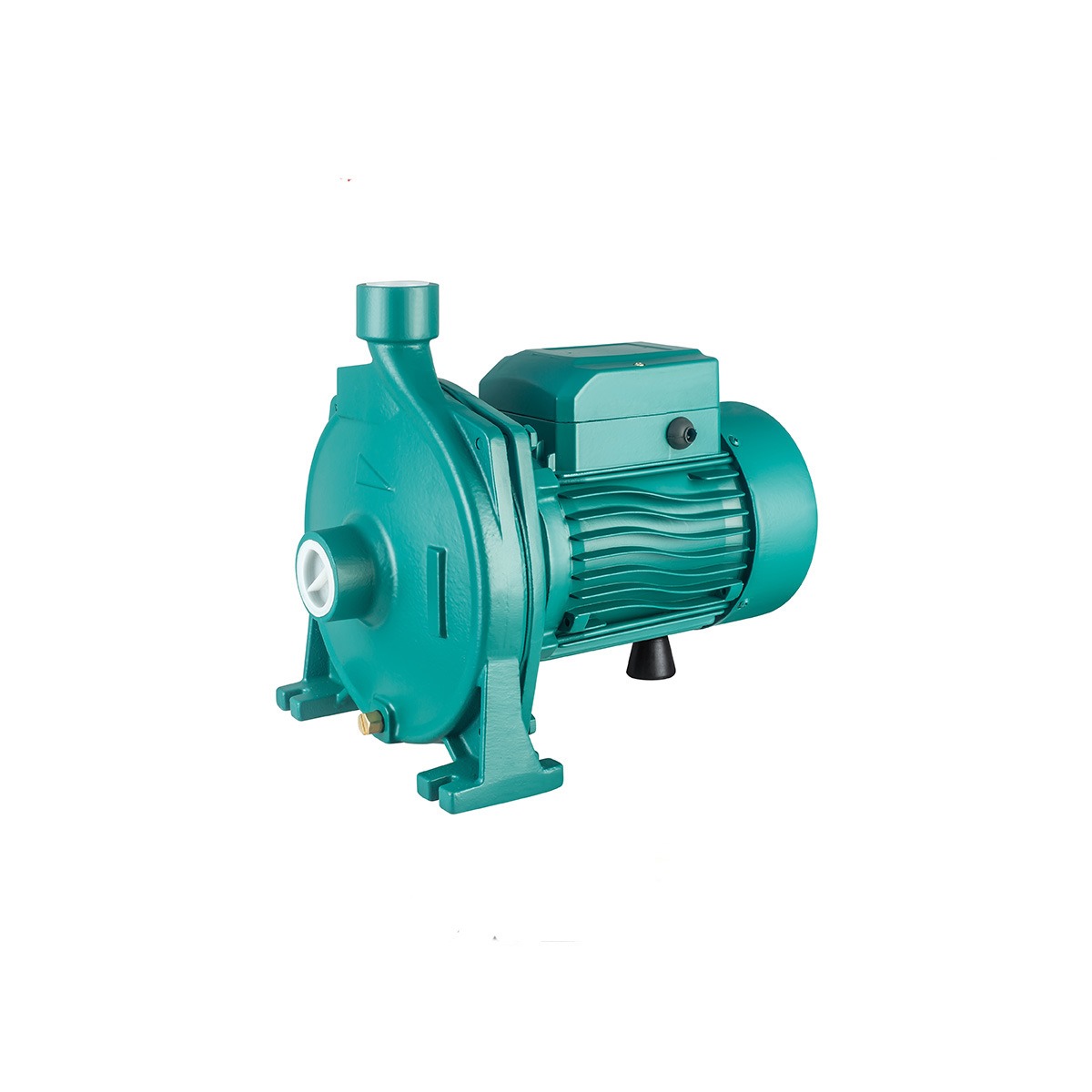
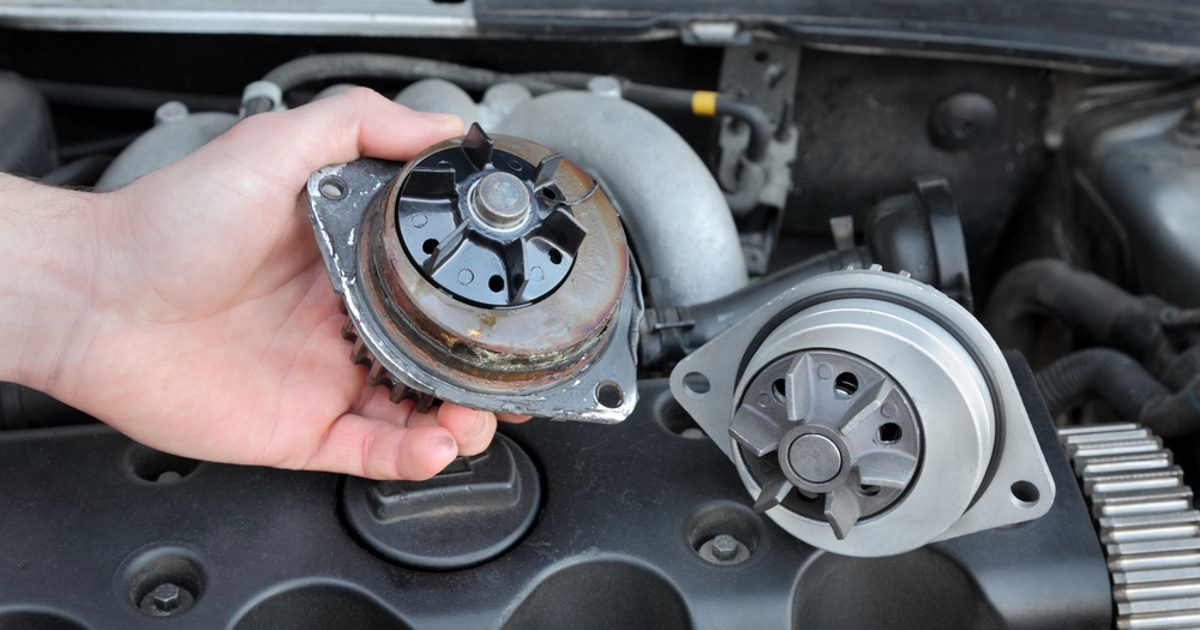

0 thoughts on “How Does Hand Water Pump Work”